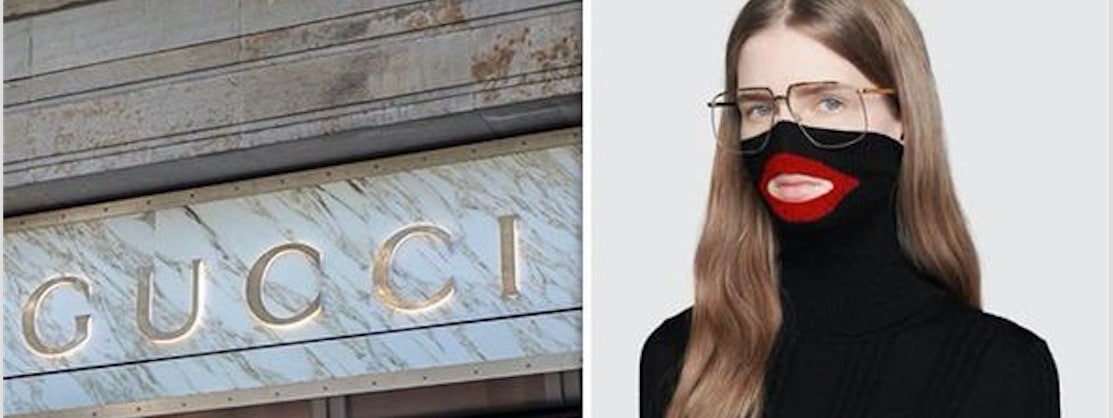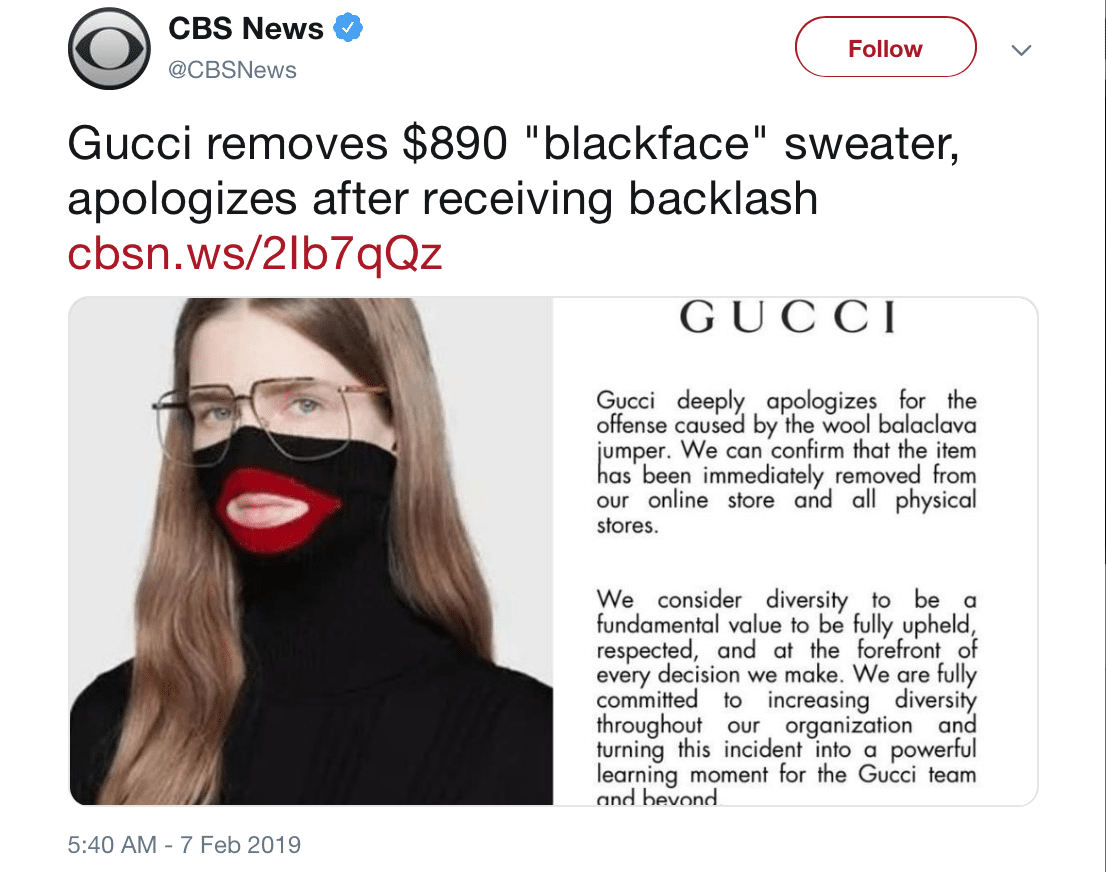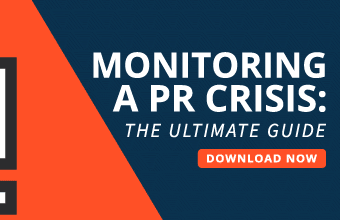It’s not all Gucci.
After the fashion company’s latest gaffe, which saw the brand produce a sweater resembling blackface, Gucci will need to spend some time stitching up its image. The luxury brand has apologized, removed the sweater from store shelves and from its website following complaints about the garment over social media. Yet, the torrent of criticism continues.
Unfortunately, this is not even close to the first time over the past couple years that a fashion company has found itself in this sort of PR nightmare. In 2018, there was H&M’s infamous “Coolest Monkey in the Jungle” hoodie, the Dolce & Gabbana’s racist “The Great Show” marketing videos, and a variety of other examples. All were presented an unnerving reality of just how tone deaf some companies can be toward other cultures.
So, how can companies avoid these PR calamities? Well, here are a few tips to maintain your brand’s image:
Diversity
This is not simply an HR concept. Diversity is the cornerstone to a company’s evolution, not only of gender and ethnicity but thought. As a fashion company, you should welcome minds that do not have the same perspective, so as to ensure that the company is approaching projects from all sides. As shown in the previous fashion PR gaffes, it is imperative for a company to understand not only culture but ideology. The lesson from these disasters is evident: In a multicultural marketplace, a diverse team is needed to properly vet your brand’s messages and images for offensive material.
Creativity vs. Risk
Fashion and risk have always intertwined to create this wonderfully volatile industry, where creators will take chances and push the envelope to express a certain idea or concept. Yet, as we’ve seen, there is a clear distinction between creative risk and ignorant endeavor. That doesn’t meant to not take risks – fashion companies should take risks, just not at the expense of those who enjoy their products.
Listen
There are clearly factors at play that contribute to the magnification of these mistakes – social media, major network coverage. However, perhaps the largest factor is our ability to now witness through these platforms an ideological shift in real time.
Obviously, the general consumer base is undergoing a moral and ethical evolution. And it appears to be changing in real time. So, gone are the days where fashion companies are strictly telling customer what he/she wants. The consumer has a voice, and fashion companies need to listen to it—at all times.









